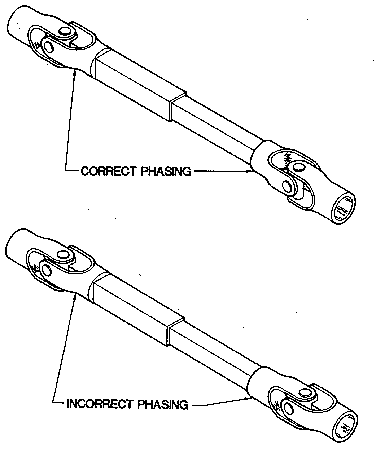2014 R1200RT drive shaft fail ( front universal joint ). Just a heads up to everyone my bike had 73,879 miles on it when the failure occurred. I was on a trip to western KY and made it as far as Eastern WV before having to pull over to investigate , noise and vibration, after putting the bike on the center stand ,starting it ,putting it in gear and letting out the clutch I knew I had a problem. According to my dealer Hermy's BMW in Port Clinton, PA this is the first failed shaft they have ever repaired. I don't believe it is a recall issue like the rear shock was it just happened.
Attachments
Last edited:



